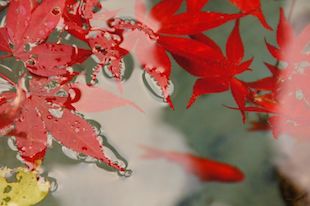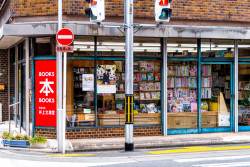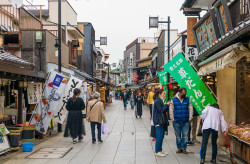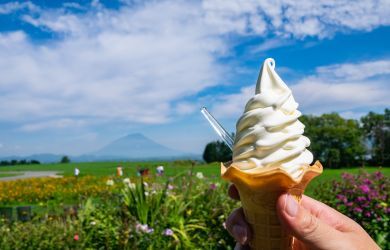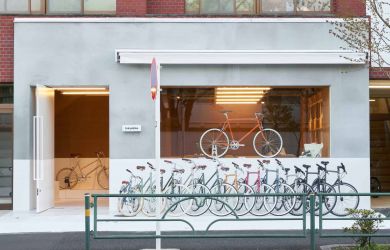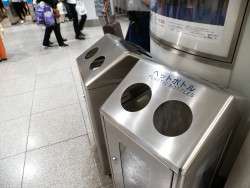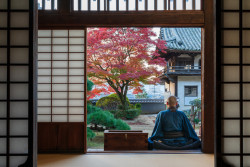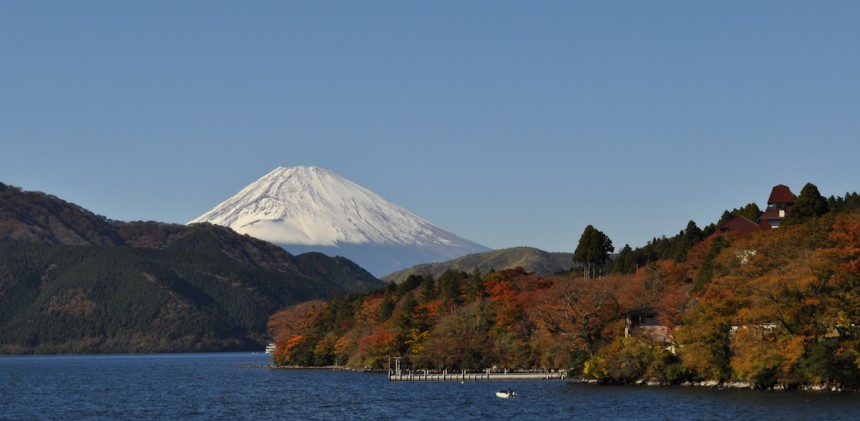
Hanami in spring, momiji-gari (foliage viewing) in fall—both are immensely enjoyable in the city, but nothing beats a night away to infuse much-deserved relaxation into seasonal enjoyment. Add an onsen visit, and you’ve got the ingredients for an excellent mini-holiday. Though Kyoto may be famous for its fall “templescapes,” there are plenty of places closer to Tokyo to satisfy even the most fanatical fall foliage aficionado.
Hakone
Hilly Hakone, though close enough for a day trip, is much better enjoyed at a more placid pace. A UNESCO Geopark—a place of geological, historical and ecological value—the area is wall-to-wall trees, hills and hot springs.
That doesn’t mean it’s hard to get around in, though. Being one of Japan’s best-known onsen areas, it has a terrific transportation system (including a pirate ship!) fanning out from its base at Hakone-Yumoto. Visitors can pay for transportation on-the-go, or get it packaged together with the Hakone Freepass. Trains, buses, cable cars, ropeways, boats—not to mention discounts at area restaurants, museums, parks and onsen—make it a good way to enjoy Hakone over two or three days.
If you’d rather work up a sweat while enjoying the seasonal shades, hop on one of the many hiking trails: after arriving at Togendai via ropeway, skip the pirate ship in favor of a stroll along the shore of Lake Ashi, or sail across the lake to Moto-Hakone and hike your way back to Hakone-Yumoto along the ancient Tokaido Road.
Area accommodations can be found at the Hakone Onsen Public Guide’s Ryokan and Hotel page.
Kōyō viewing: Early-late November
Nearest station: Hakone-Yumoto
Fuji Five Lakes
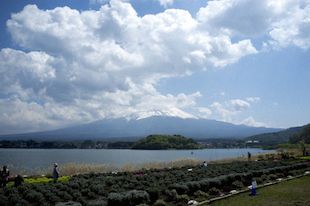
(Photo by Jerome Lee)
Train or express bus will ferry you to the Fuji Five Lakes area, which boasts hiking, cycling and onsen all under the shadow of Japan’s most famous mountain. Fujikawaguchiko also holds its Fujikawaguchiko Autumn Leaves Festival with evening illumination during peak leaf season.
Information on accommodation can be found at the Fujikawaguchiko Sightseeing Information Site’s Lodging page.
Kōyō viewing: Late October-mid-November
Nearest station: Kawaguchiko
Nikko
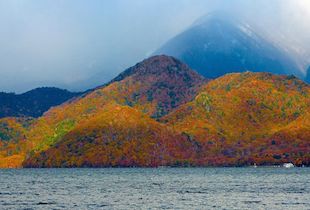
(Photo by Tomoko Kamishima)
Nikko, a World Heritage Site, has enough historical spots, hiking trails and hot springs to keep a body busy for days. Thanks to its topography, it also has a lengthy fall foliage viewing season. The Nikko Tourism Association’s map provides a breakdown of the area’s activities, while the Nikko Perfect Guide’s bus routes will get you where you want to go. Even JR gets in on the action, with a hiking course from the station put together by local high school students.
Closer to town, fall foliage illumination lights leaves up between October 25 and November 15 at Shoyo-en, a traditional Japanese garden. As for soaking sore muscles, Yashio-no-yu, a small city-owned public hot spring, is one option, while the Nikko Lakeside Hotel’s public onsen is another. The more adventurous have the option of heading further into the wilds to Oku-Nikko Yumoto Spa.
Kōyō viewing: Early October-mid-November
Nearest stations: JR Nikko or Tobu Nikko
Ikaho
Spreading out alongside 365 stone steps in the “belly button” of Japan, there rises the small onsen town of Ikaho. With two public outdoor onsen and still more attached to local ryokan, finding a spot to soak is simplicity itself.
Leaves await adoration everywhere, but the red lacquer Kajika Bridge at the top of the steps raises them to a whole new level with an annual light-up event, this year set for October 28-November 16. Also along the stairway is the Ikaho bus terminal—your portal to other prime leaf locations—and Ikaho Ropeway, which will take you up Monokiki-yama for a panoramic view of the area.
Not far from Ikaho is Mt. Haruna, a dormant volcano, and its crater lake, Haruna-ko, where swan boat and rowboat rentals await. Other outdoor activities in and around Ikaho can be found here.
Autumn colors and other town features get the YouTube treatment in this video introduction to the area (English subtitles; foliage-focused clips at 11:20 and 12:55). An English-language tourist guide and map round out the travel tips. A list of day-trip onsen (higaeri onsen) in the area can be found here.
Kōyō viewing: Late October-mid-November
Nearest station: Shibukawa
Kusatsu
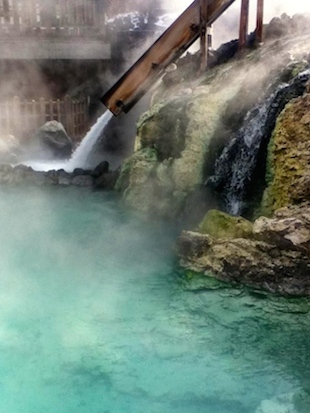
(Photo by Jay Lim)
High-flying Kusatsu (elevation 1,170m) has an early kōyō season, only lasting until the end of October or early November. But even if you only catch the tail-end, it’s still worth a visit for its hot springs (some of which are free), the bubbling Sainokawara Park (site of a massive outdoor bath, or rotenburo), and a trip to Mt. Kusatsu-Shirane, where volcanic peaks are viewable up-close by hike or ropeway.
As an active volcano, Kusatsu-Shirane’s Volcanic Alert Level is subject to change, so check the Japan Meteorological Agency’s Volcanic Warnings for up-to-date alert levels.
Kōyō viewing: Mid-October-late October/early November
Nearest station: Naganohara-Kusatsuguchi
For more leafy tip-offs, check Japan Rail’s kōyō page and trivia page packed with “fun little facts” about everyone’s favorite fall pastime.
If you’re wondering when different areas of Japan start changing color, japan-guide.com has a good color-coded map. It also has a regularly updated Autumn Color Report.
**As many popular momiji-gari destinations have their accommodation options booked up months in advance, it might be necessary to find a place to stay in neighboring towns.

